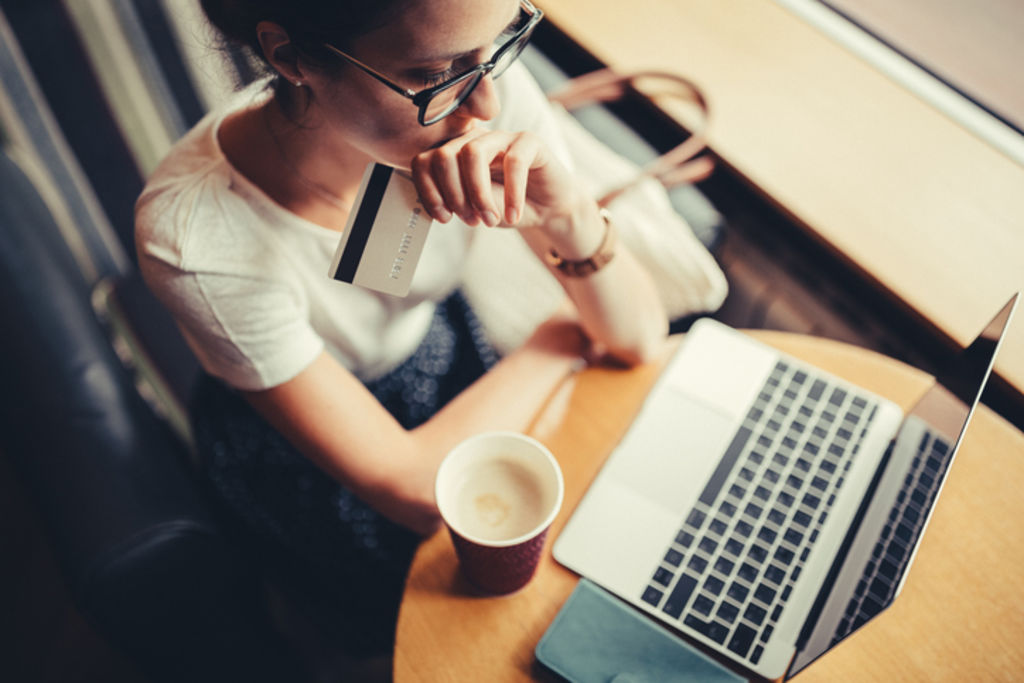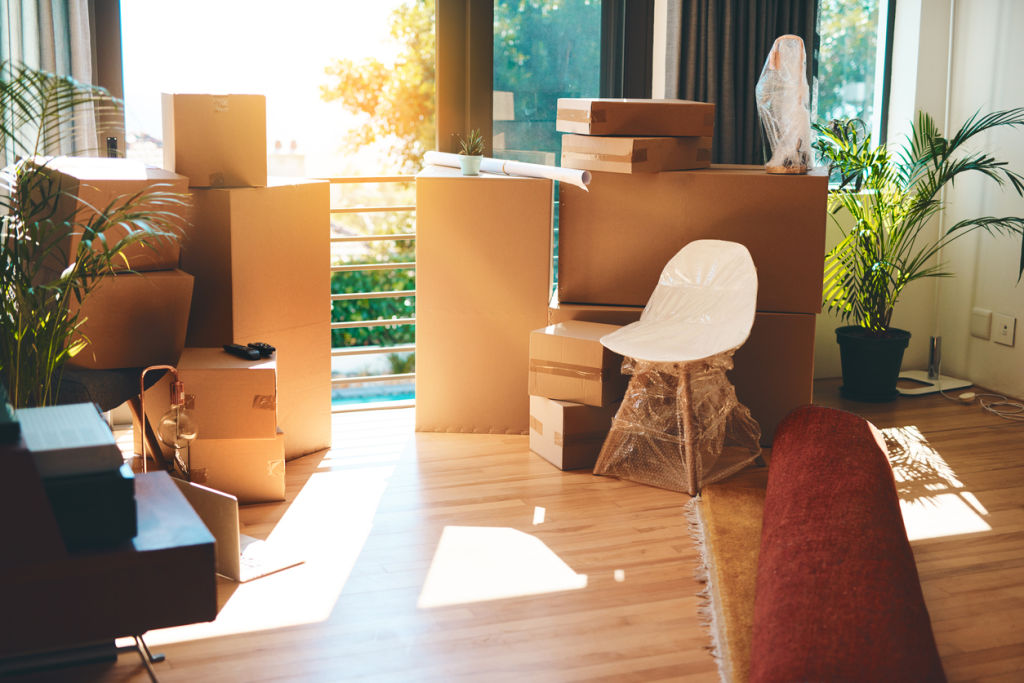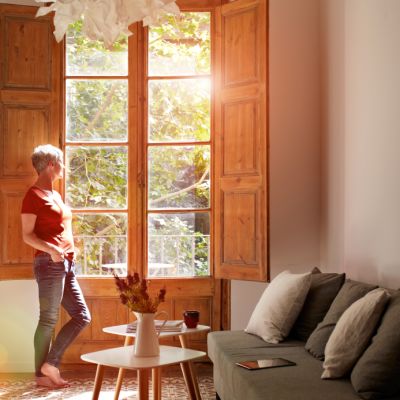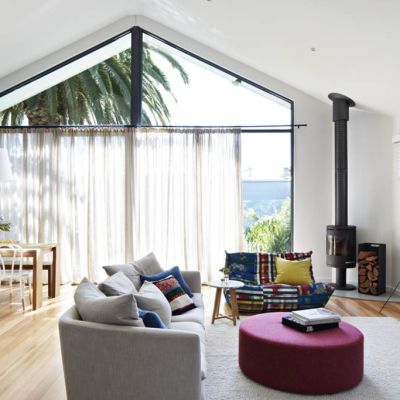Buying too much stuff for your home? You might have this psychiatric disorder

Shopping for beautiful items for your home is fun. But if you’re constantly blowing the budget on unnecessary consumables, including trinkets, kitchenware, clothes and other items, it could be a sign of an underlying mental health issue.
Professor Mike Kyrios, vice-president and executive dean of the College of Education, Psychology and Social Work, Flinders University, believes compulsive buying (CB) – yet to be officially recognised – is a type of behavioural addiction, and he’s pressing for the problem to be included in the Diagnostic and Statistical Manual of Mental Disorders so that sufferers can get better help.
How do you know when you’ve crossed the line of healthy consumerism?
Listen to episode five of Domain’s podcast Somewhere Else :
People with this problem have maladaptive impulses, behaviours, beliefs and preoccupation around shopping and buying, he explains. “Not only do they buy stuff they don’t need, but it leads to debt and financial problems, legal difficulties and relationship conflicts. It also leads to overconsumption.”
At the extreme end of the disorder, he’s known people who’ve purchased multiple homes. “Anything that’s consumable is on,” he says. This includes over-spending on stuff in the virtual world.

“There may be a little bit of it in all of us,” he says. “But those at the extreme end have personality and predisposition profiles and psychological processes that maintain the problem.”
These include internal triggers like boredom, agitation, uncertainty and insecurity, depression and low self-esteem, combined with beliefs about possessions. “People with buying disorder see goods as essential and buying opportunities as occasions not to be missed,” he says. “We are what we buy. It’s to do with self-esteem and self-repair.”
External cues, like sale ads, feed into the problem, he adds. “The driver is the addiction part of it – the high, and lack of emotional regulation, which makes it a lot like gambling.”
Research by Dr Lee Lawrence, a research fellow at Monash University’s Business School, found people with CB particularly sensitive to reward. “The motivation with compulsive buying is the attachment to the item and fear of missing out; a drive for novelty seeking,” he says.

Sufferers experience a roller-coaster of emotions. “They’ll buy items because they’re depressed or tense, to change those emotions from negative to positive, then [after the buying] shame and regret comes in,” he says.
Dr Lawrence says it’s important to differentiate CB from normal, everyday recreational shopping. “Everyone is materialistic to some degree. These conditions are beyond normal, everyday behaviours.”
Of course, cultural, social and economic factors play a huge role in why we overspend.

Global research suggests around 5 per cent of the population suffer from the problem. Professor Kyrios believes CB is on the rise. “We’ve got a consumer-based society, we have social networks that are breaking down.”
The ease in which people can access credit exacerbates the problem. “The banks ultimately make a lot of profit out of people who have extended their finances,” he says.
Those on lower incomes are affected the most. “In the lower socioeconomic and middle-class groups there’s a little bit of money that can go towards shopping, but if they overbuy it’s going to affect them much more than high-income groups,” he says.
We recommend
States
Capital Cities
Capital Cities - Rentals
Popular Areas
Allhomes
More










